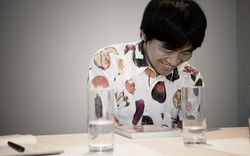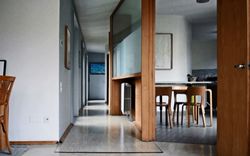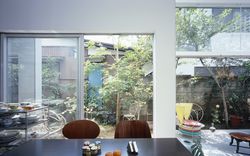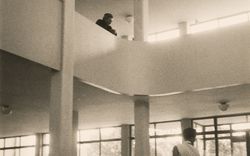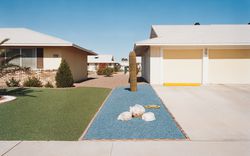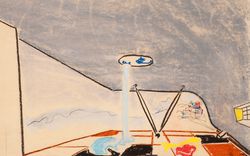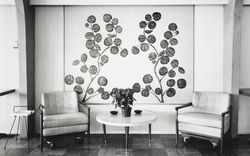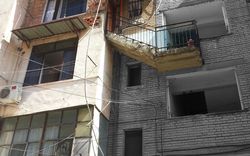Toys Shape Minds no. 4
Text by Rosemary Haddad
It is a singular experience to unpack a Barbie Dream House and take inventory of the parts as directed. Out of the box come floor pieces, wall pieces with neon-pink moveable windows, white rafters followed by great slabs of bright-pink tiled roof, balcony railings, a whole series of doors. Assembly itself seems a miraculous process and gives rise to visions of barn-raisings.
First issued in a paperboard version in 1961, from the 1970s the Barbie Dream House included three modules which could be assembled separately and moved around at will. While adult assembly was recommended, the instructions were simple and called only for a standard screwdriver and safety scissors. A cursory look at features and furnishings, all executed in injection-moulded plastic, provides an idea of some of the elements perceived at the time to be desirable in a dream house: a front balcony; top-hung and side-hung casement windows; “French” doors; and inside, a night stand with “console” unit.
Other model homes and dream houses associated with Barbie include Magical Mansion (1990), a two-storey colonial structure with walls of wood fibre, and Barbie Fold’n Fun House (1992), which combines plastic with paper and comes packed in a bright-pink suitcase. As the text on the box directs, one need only “open the case, unfold the walls, stand it up and you’re ready to play.” In some ways reminiscent of earlier collapsible paper houses, this model also features a furnished patio with a street lamp that lights up with the aid of batteries. A new Barbie 3-in-1 House (1995) allows the child to create “a 3-story town home, 2-story beach home or sprawling ranch house.”
These houses were designed as accessories for play activity with Barbie, the most successful doll in toy history, first introduced in 1959 at the New York Toy Fair. All are products of Mattel Inc., founded in the mid-1940s as Mattel Creations by Ruth and Elliott Handler. From its beginnings in their garage, the company has grown to include world-wide operations.
The Barbie Dream House was displayed in Dream Houses, Toy Homes, one in a series of exhibitions we developed during the 1990s exploring the relationship between toys and architecture. This text originally appeared in the accompanying publication. We have a significant number of toys and games in our collection.
